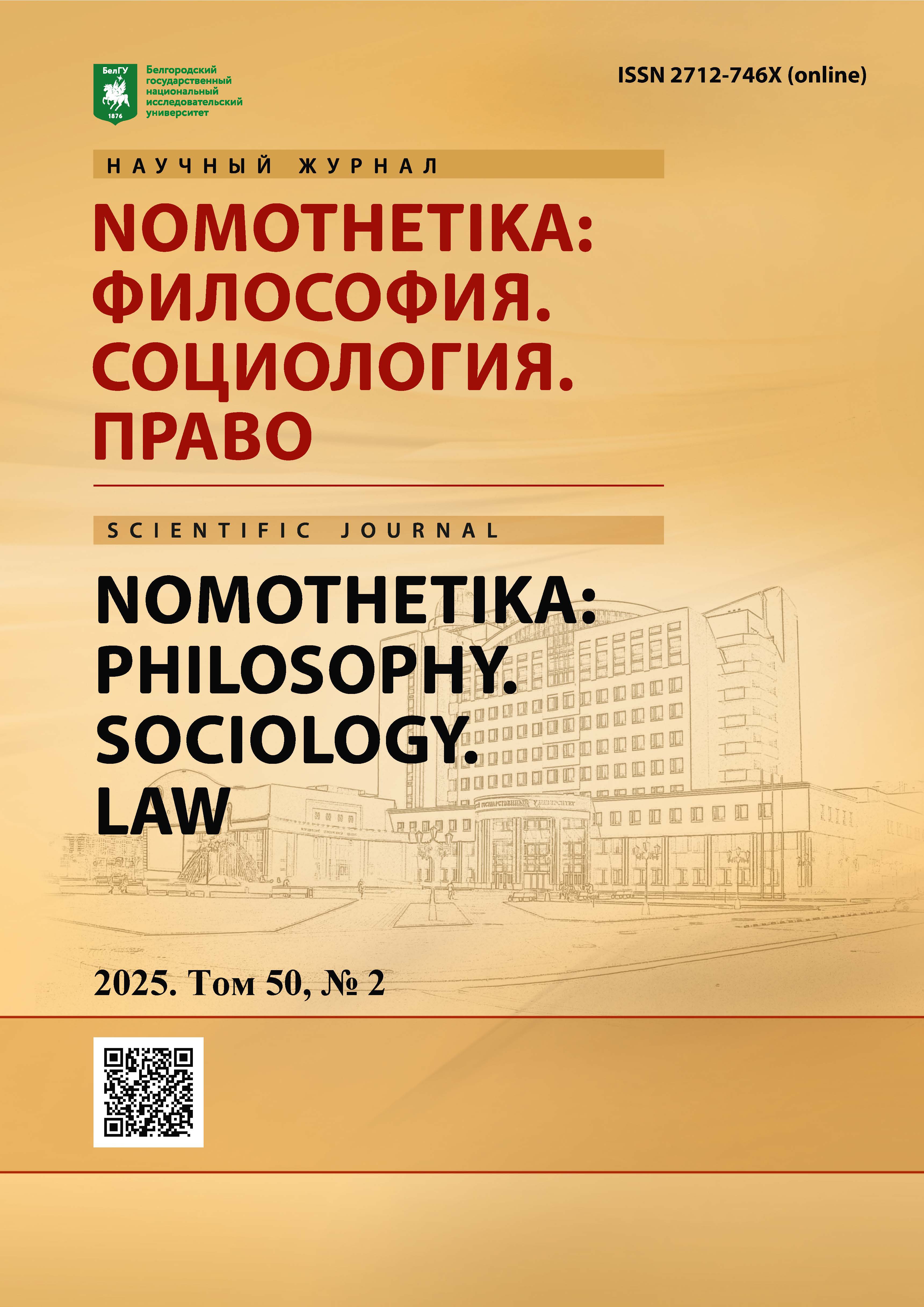The Coupling of Ideological and Artistic in the USA Cinema of the First Half of the Twentieth Century
DOI:
https://doi.org/10.52575/2712-746X-2025-50-2-417-426Keywords:
USA cinema, ideological and artistic, Hollywood, cultural myths, national identityAbstract
The article is focused on the use of ideological and artistic principles in the USA cinema of the first half of the 20th century exemplified by key films of this time – “The Birth of a Nation” (1915) by David Wark Griffith, as well as “New Times” (1936) and “The Great Dictator” (1940) by Charles Spencer Chaplin. The paper analyzes how the country’s cinema combined ideological and artistic components to create works that shaped national identity and contributed to the consolidation of the American nation. The author explores the editing techniques used by the directors represented, a number of other creative strategies, and the role of sound as a new technology in these films. The socio-historical context is taken into account: the prosperous era of the Roaring Twenties, the economically difficult 1930s (the Great Depression), and the beginning of World War II. It is stressed that films combining artistry and ideology are an effective “soft power” in ideological propaganda, as opposed to explicit dictate.
Downloads
References
Список литературы
«Диктатор» Чарли Чаплина. 1941. Интернациональная литература. № 7-8: 202-204
Кукаркин А. В. 1988. Чарли Чаплин. М., Искусство, 287 с.
Радионова Т.Я. 2009. Великая красота молчания (интонация Чаплина и ее пластическое решение). Академические тетради. № 13: 241 -280.
Садуль Ж. 1965. Жизнь Чарли. М., Прогресс, 320 с.
История США. 1985. Т. 3, 1918-1945. Под ред. Г.Н. Севостьянова. М., «Наука», 672 с.
Чаплин Ч. 1991. О себе и своем творчестве: в 2 т. Т. 2. М., Искусство, 349 с.
Griffith D.W. The Rise and Fall of Free Speech in America. Los Angeles, California, 1916.
Gunning T.D.W. Griffith and the Origins of American Narrative Film: The Early Years at Biograph. Chicago, University of Illinois Press, 1994.
Lang, R. The Birth of a Nation: D.W. Griffith, Director. Rutgers University Press, 1994.
Rogin, M. «The Sword Became a Flashing Vision»: D.W. Griffith’s The Birth of a Nation // Representations, No. 9, 1985.
Stokes M.D.W. Griffith’s The Birth of a Nation: A History of the Most Controversial Motion Picture of All Time. — Oxford University Press, 2008.
References
The Dictator by Charlie Chaplin // International Literature. — 1941. No. 7–8. pp. 202–204.
Kukarkin, A.V. Charlie Chaplin / A.V. Kukarkin. — Moscow: Iskusstvo, 1988.
Radionova, T.Ya. The Great Beauty of Silence (Chaplin’s Intonation and Its Plastic Expression) / Academic Notebooks-13, 2009.
Sadoul, G. The Life of Charlie. — 2nd ed., expanded. — Moscow: Progress, 1965.
History of the USA. Vol. 3, 1918–1945 / Ed. by G. N. Sevostyanov. — Moscow: Nauka, 1985.
Chaplin, C.S. About Myself and My Work: In 2 Vols. / C. S. Chaplin. — Vol. 2. — Moscow: Iskusstvo, 1991.
Griffith, D.W. The Rise and Fall of Free Speech in America. Los Angeles, California, 1916.
Lang, R. The Birth of a Nation: D.W. Griffith, Director. Rutgers University Press, 1994.
Lang, R. The Birth of a Nation: D.W. Griffith, Director. Rutgers University Press, 1994.
Rogin, M. «The Sword Became a Flashing Vision»: D.W. Griffith’s The Birth of a Nation // Representations, No. 9, 1985.
Stokes M. D.W. Griffith’s The Birth of a Nation: A History of the Most Controversial Motion Picture of All Time. — Oxford University Press, 2008.
Abstract views: 94
Share
Published
How to Cite
Issue
Section
Copyright (c) 2025 NOMOTHETIKA: Philosophy. Sociology. Law

This work is licensed under a Creative Commons Attribution 4.0 International License.


